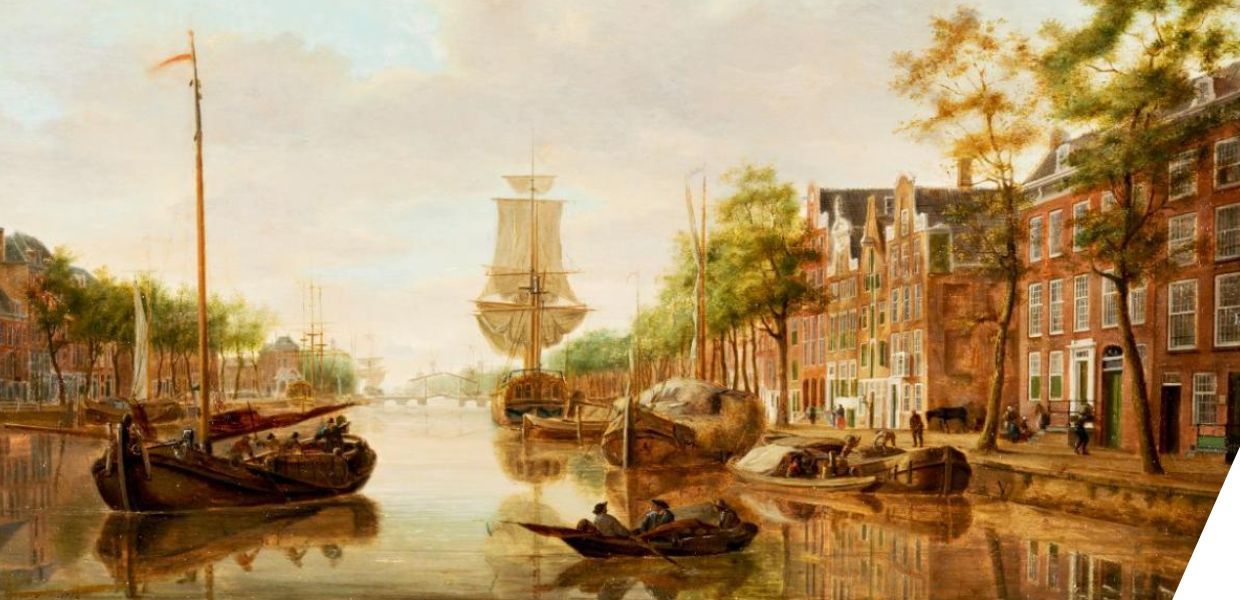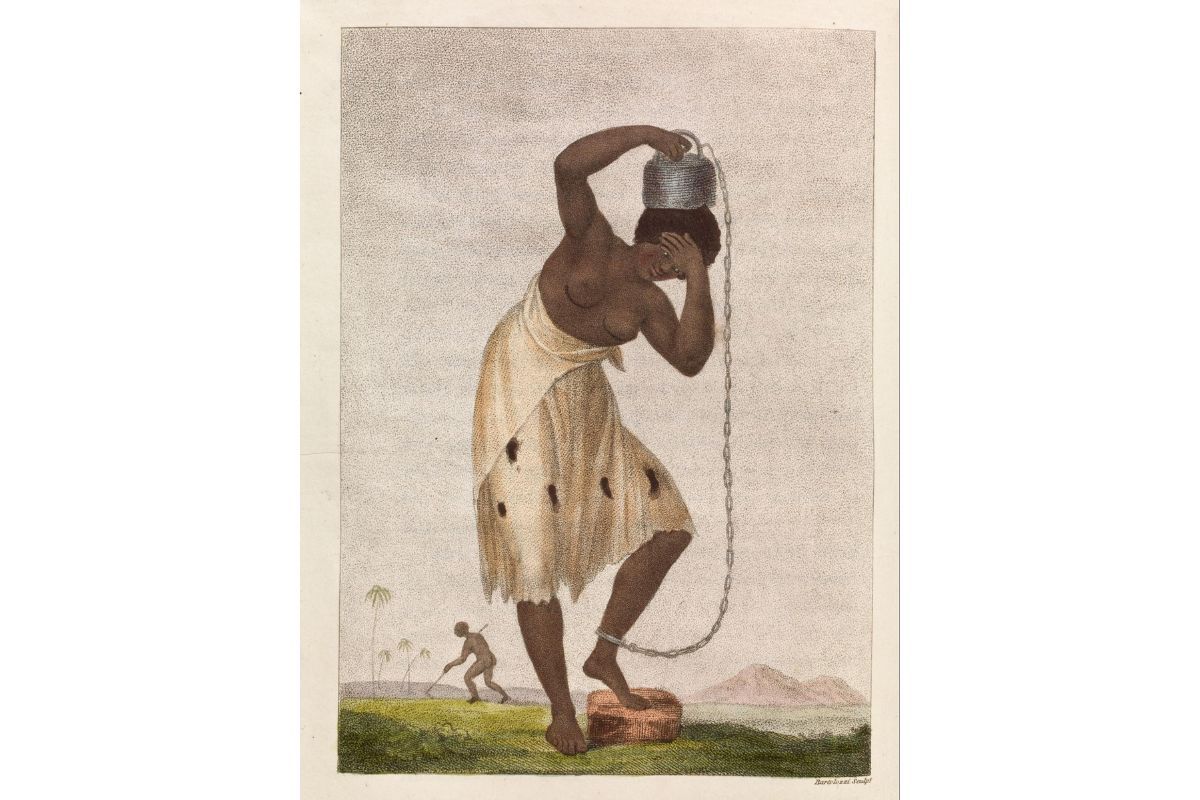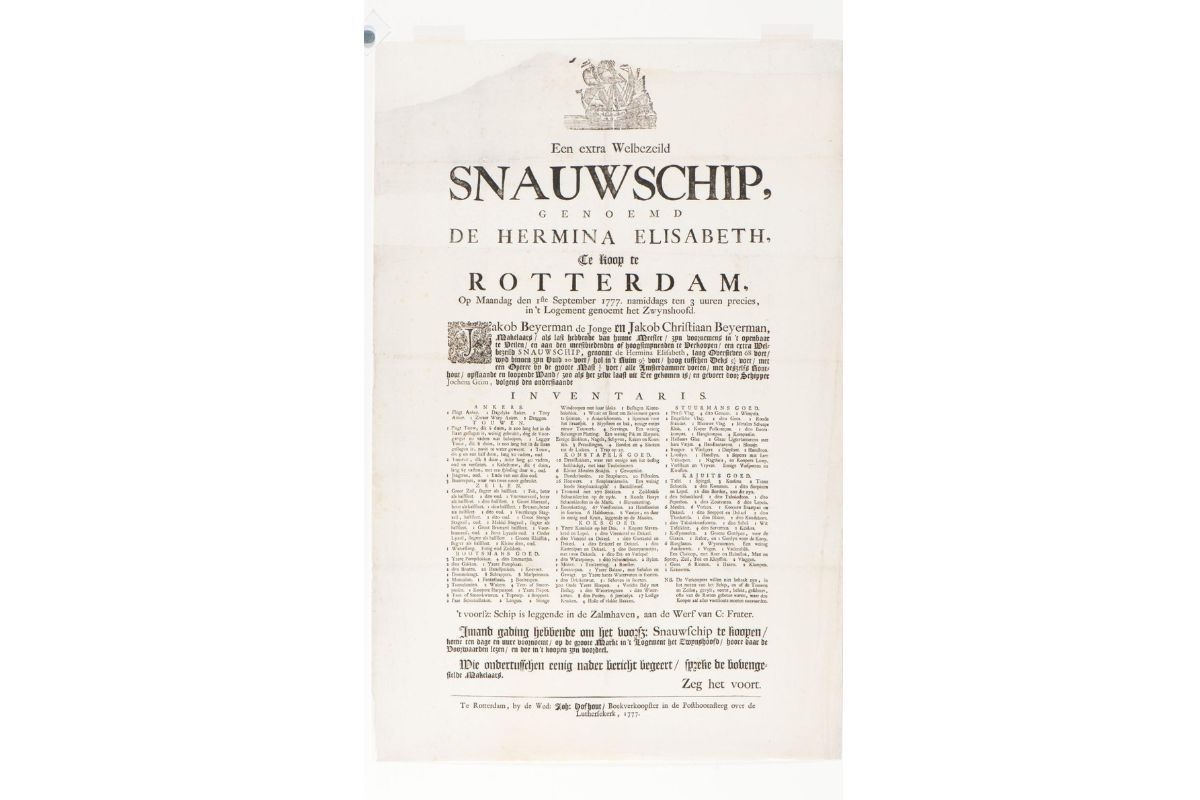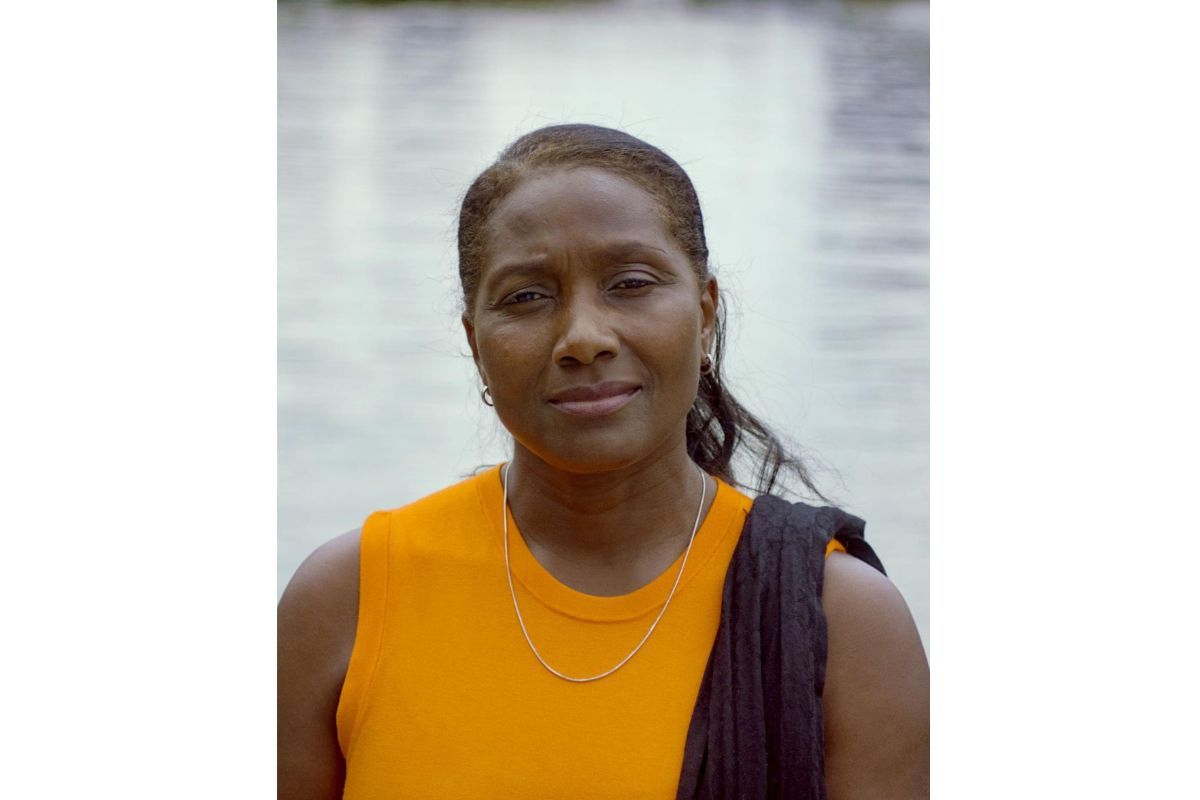In December 2022, a new exhibition called ‘Destination Port City’ opened at the Maritime Museum, Rotterdam. In this exhibition, which will remain on display for the next six years, visitors board a virtual metro and travel through the past, present and future of the port city of Rotterdam. They discover some of the city’s proud moments - from the birth of Rotterdam in 1270 to its successful development as an international trading port - but are also introduced to its history through its connection to enslavement and the slave trade. Annette de Wit, the exhibition’s curator from the Maritime Museum, talks to us about how the exhibition came about and the decision-making process behind choosing and telling difficult stories.
Confronting the colonial past
‘Rotterdam’s colonial past has been in the spotlight recently,’ Annette tells us. ‘Three studies on the subject were published in 2020 alone. So when we started working on our port exhibition at the Maritime Museum, there was no doubt that the city’s colonial past should be highlighted. But where and how?’
In the 17th and 18th centuries, ships from Rotterdam set off for the west coast of Africa, loaded with textiles, spirits, gunpowder and guns. Those goods were used to buy enslaved Africans and transport them to the Caribbean and Suriname. From the colonies, the ships sailed back to Rotterdam with produce grown on the plantations there by enslaved people. Rotterdam merchants had their ships converted into slave ships for this trafficking.





